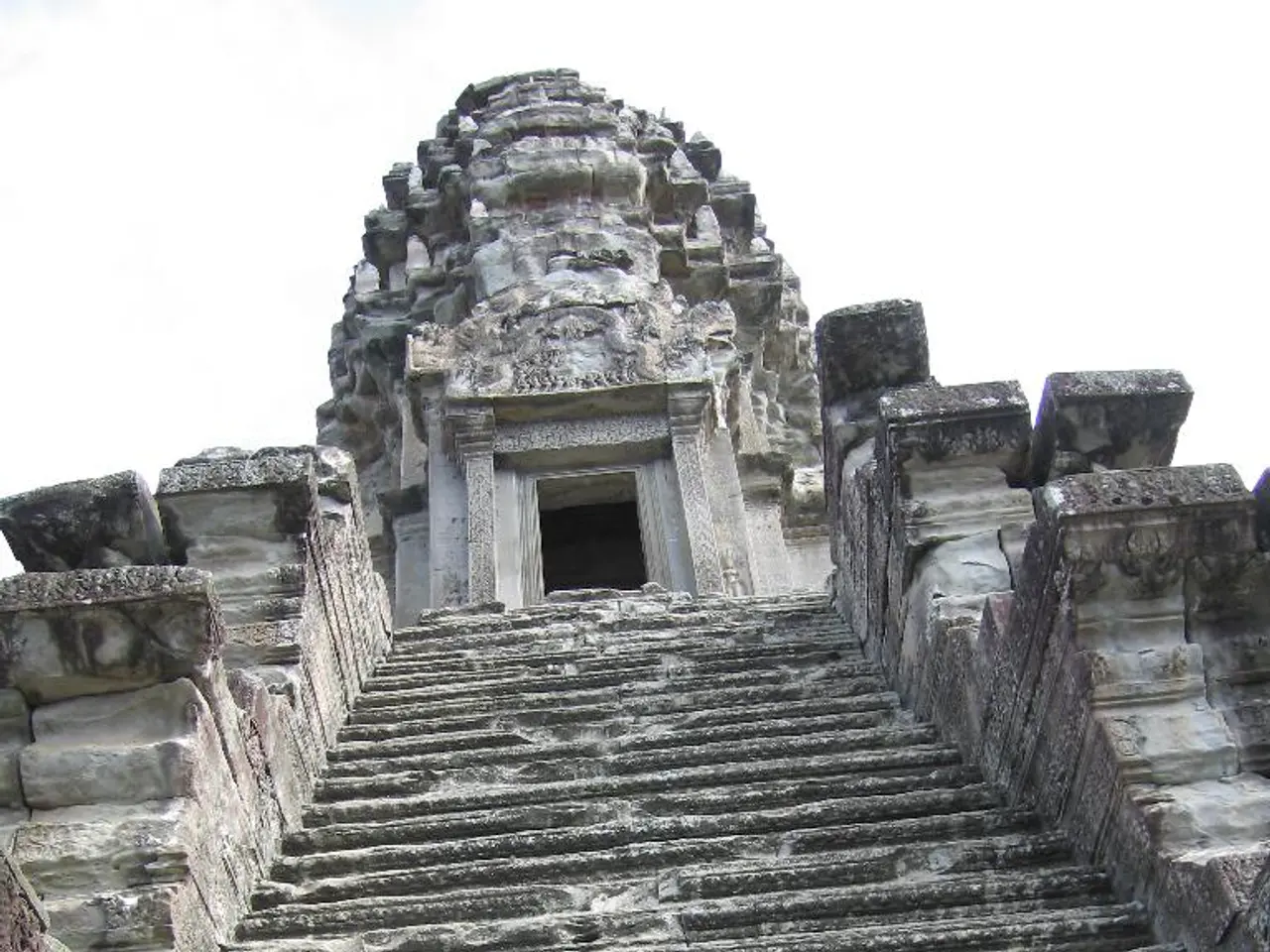Mysterious Ancient Urban Centers That Disappeared From the Map
From the ancient civilizations of Egypt and Mesopotamia to the mysterious lands of South America, the decline and loss of some of history's most remarkable cities have left us with a rich tapestry of stories that continue to captivate our imagination.
In 3000 B.C., Memphis, Egypt was founded and served as the ancient capital of Lower Egypt. This city, located at the entrance to the Nile River Valley, became a cultural, commercial, religious, and trading hub. However, its influence waned over time due to shifting political power and centers within Egypt, along with invasions by foreign powers such as the Assyrians and Persians.
Another ancient city that faced a similar fate was Troy, home of the legendary Trojan War and inhabited from the third millennium B.C. to the 4th century A.D. The city was rebuilt over 10 times, occupied by different civilizations, and eventually declined during the Byzantine era due to repeated destructions likely caused by warfare during the Late Bronze Age and changing trade conditions.
Babylon, one of ancient Mesopotamia's first cities, housed an advanced civilization with well-developed literature, medicine, and religion. The city probably owes its infamy to the many references to it in the Bible. However, Babylon experienced decline due to conquests by successive empires (Assyrians, Persians, Greeks), internal political instability, and shifting economic and trade importance.
Petra, the capital city of the Nabataeans, was at the center of trade routes. This historical marvel located in Jordan dates back to the 6th century B.C. However, Petra declined mainly due to changes in trade routes that bypassed it, as well as repeated earthquakes that damaged infrastructure, and later Roman conquest reduced its significance.
Pompeii, Italy, was the unfortunate victim of a volcanic eruption in 79 A.D. Mount Vesuvius' eruption buried the opulent Roman city under ash and pumice, ending life there abruptly. The city remained lost for over 1700 years until a surveying engineer uncovered it in 1748.
Persepolis, founded by King Darius and one of the four capitals of the Persian Empire, reflected the wealth and grandeur of the Achaemenid Dynasty. However, it was destroyed largely by Alexander the Great's army during his conquest of the Persian Empire, leading to its rapid decline and abandonment.
The decline and loss of these ancient cities were driven by a combination of factors including natural disasters, military conquest, economic decline, environmental changes, and social or political upheaval.
For instance, Machu Picchu, the lost city of the Incas, located in Peru, faced decline due to the Spanish conquest and diseases brought by Europeans, as well as environmental challenges at high altitude. The site itself was abandoned likely due to political instability and the empire’s collapse.
Similarly, the once-important city of Memphis was abandoned as the Roman Empire came into prominence. The Egyptians harvested the stones from Memphis's buildings to help build Cairo and Fustat - the first capital of Muslim Egypt.
While overtourism today threatens some ancient sites, their historical declines were due mainly to destructive events and structural changes in their societies rather than modern tourism impacts.
In some cases, the causes of the cities' decline remain a mystery. For example, the lost city of Santa Marta, Columbia, was rediscovered, but little is known about its decline. Similarly, many lost cities from history are long forgotten, such as the lost city of Babylon, which was eventually collapsed in the 7th century A.D., after centuries of foreign domination.
As we continue to uncover and study these lost cities, we gain a deeper understanding of the complex interplay between environmental constraints, human conflict, and economic-political transformations that shaped the course of history.
- Archaeologists continue to study ancient civilizations, such as the lost city of Santa Marta, to understand the complex interplay between environmental constraints, human conflict, and economic-political transformations that shaped history.
- The decline of ancient civilizations, like Machu Picchu, was often due to a combination of factors such as military conquest, diseases introduced by invading powers, and environmental challenges.
- Travelers seeking to learn about ancient lifestyles can visit archaeological sites such as Persepolis, home to the wealth and grandeur of the Achaemenid Dynasty, whose decline was due to military conquest and subsequent abandonment.




